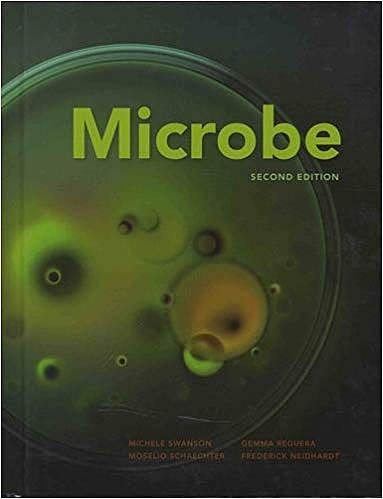
Microbe
Michele Swanson, Gemma Reguera, Moselio Schaechter, ... [et. al.]
2nd ed.
Washington, DC : ASM Press, cop. 2016
 |
Microbe Michele Swanson, Gemma Reguera, Moselio Schaechter, ... [et. al.] 2nd ed. Washington, DC : ASM Press, cop. 2016 |
19 termes
| N-acetyltalosaminuronic acid n. |
|
| Nanoarcheum [nom científic] |
|
| nanoDESI n. (nanospray desorption electrospray ionization) |
|
| nanoscale secondary ion mass spectrometry n. (NanoSIMS) |
|
| NanoSIMS n. (nanoscale secondary ion mass spectrometry) |
|
| nanospray desorption electrospray ionization n. (nanoDESI) |
|
| natural resistance-associated macrophage protein 1 n. (NRAMP1) |
|
| negative supercoil n. |
|
| neonatal herpes infection n. |
|
| Nile blue A n. |
|
| Nitrosomas [nom científic] |
|
| NLR n. (NOD-like receptor) |
|
| NOD-like receptor n. (NLR) |
|
| noncomposite transposon n. |
|
| non-cyclic photosynthesis n. |
|
| NRAMP1 n. (natural resistance-associated macrophage protein 1 ) |
|
| nuclear occlusion n. |
|
| nutritional immunity n. |
|
| nutritional symbiosis n. |
|